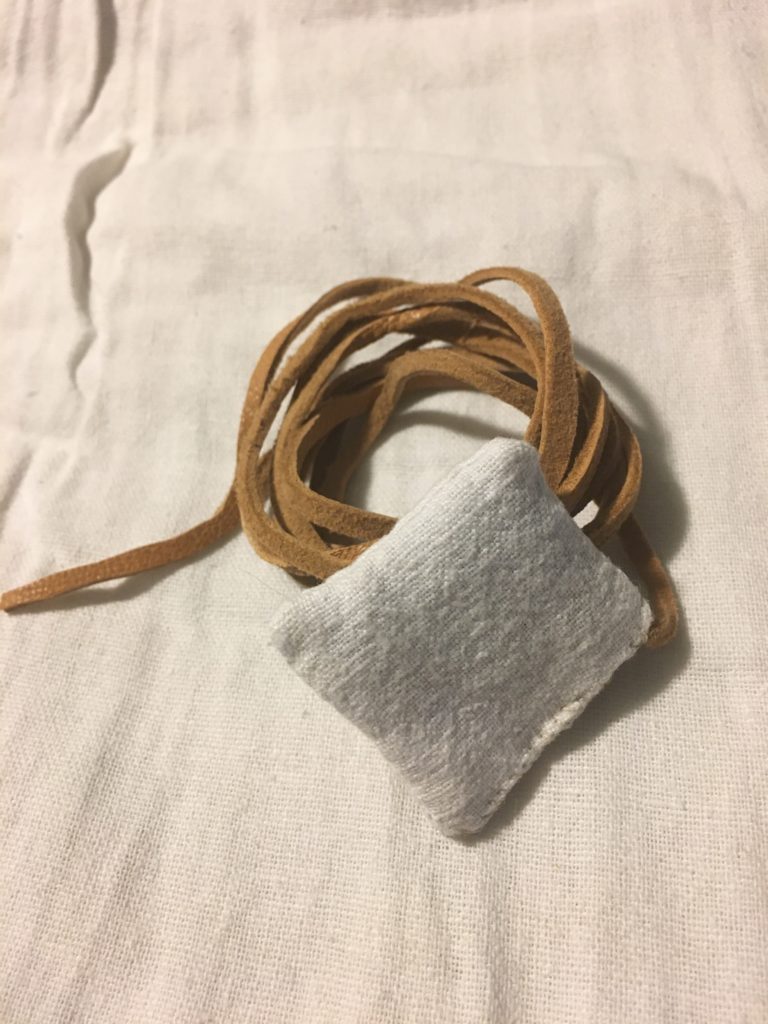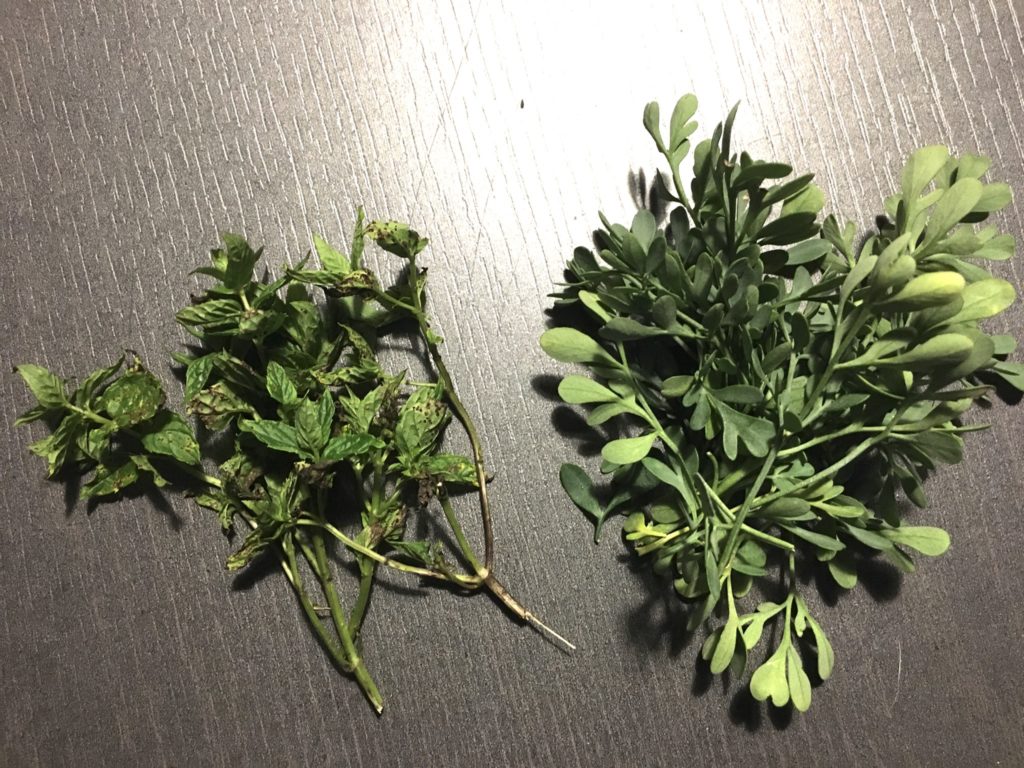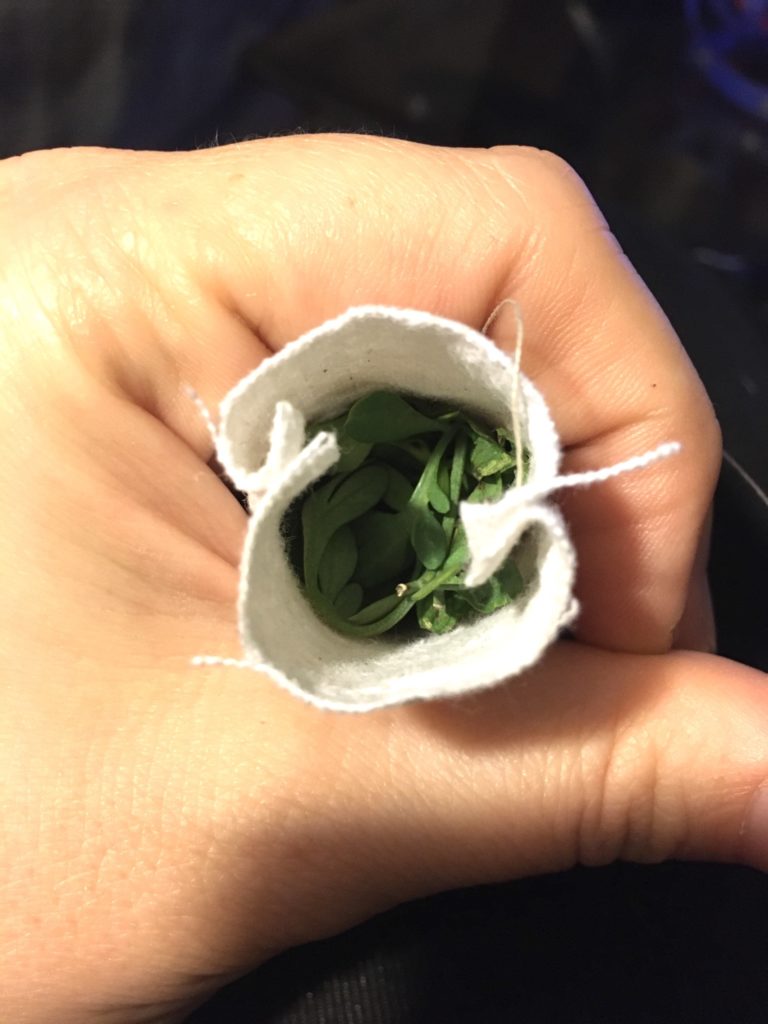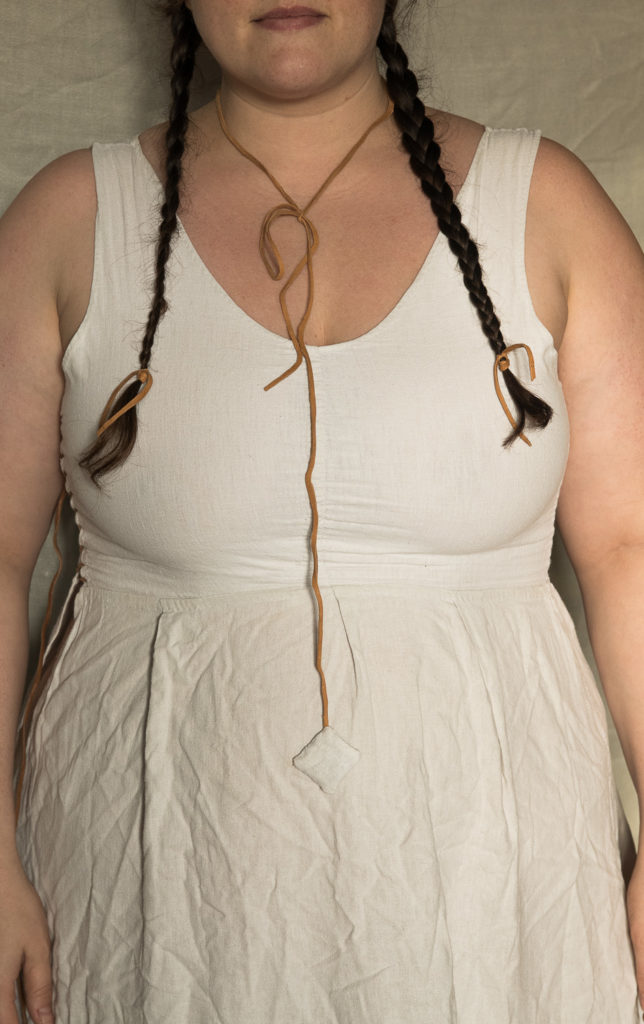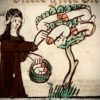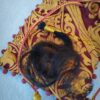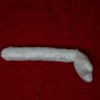Aristotle and the cheese – A medieval contraceptive – #pluckingroses
This is my entry for the #pluckingroses challenge. If you would like to read up the rules of the challenge, please follow the link to the article and see more entries and content on Instagram and Facebook.
For my entry I chose a contraceptive amulet, a fairly unspectacular piece but it has a very interesting history…
In the year of our lord 1318, the bishop of Pamiers, Jacques Fournier (the later pope Benedict XII), came to the little occitan village Montaillou to find cathars in the area and bring them to judgement. He found a village full of shepherds and farmers and other rather simply minded people who in several interrogations told him not only about religious disgressions, but also of their fairly ordinary every day sins. Fournier took a detailed account of all the interrogations in written form that is until today preserved in the Vatican archives and which paint a very human and colourful picture of the daily life in the area in the early 14th century. I dont want to take too much away from the book by Emmanuel Le Roy Ladurie, because I absolutely recommend to read it. It is not only informative, but also very entertaining!
However, among the interrogated of the village, there was a woman called Beatrice who as it turned out had an affair with the priest of the village, Pierre Clergue. To avoid unpleasant surprises for Pierre who – due to his profession and the married status of Beatrice – didnt really think that he would make for a great fatherfigure, he took precautions. He brought to her a small linnen package on a string, not bigger than a section of her finger, filled with a mystery herb which he asked her to wear around her neck so that it would fall between her breasts down to the “opening of her womb” This – so he knew – would prevent her from becoming pregnant. Every evening they met, he took the package from her again when he left so that she would not use his innovative patent for other affairs she might have. Beatrice however was curious to know what the package contained. She asked him, wheither it was “the herb that shepherds put in the pan to stop the milk from curdling”. But Pierre just told her to leave the thinking to him.
You may ask yourself now, what the milk curdling question was all about? To explain this, I need to make a little expedition into the medieval understanding of medicine. The ancient greek thinker Aristotle wrote in his De generatione animalium in the 4th century BC: “When the material secreted by the female in the uterus has been fixed by the semen of the male, this acts in the same way as rennet acts upon milk, for rennet is a kind of milk containing vital heat, which brings into one mass and fixes the similar material and the relation of the semen to the catamenia is the same, milk and the catamenia being of the same nature. When, I say, the more solid part comes together, the liquid is separated off from it, and as the earthy parts solidify membranes form all round it.”
So he makes an analogy between the curdling of milk and the setting of curds and the forming of a fetus in the uterus. While today we know that he did not quite grasp the biological reality to his observations, this idea is carried on in medieval works on medicine for a long time. Of course, the idea of human reproduction within humoural theory is even more complex and has a lot more to it even in medieval works. If you are interested in learning more about this, I warmly recommend to read the Secretis Mulierum by Albertus Magnus und the Trotula.
Unfortunately, on the way from the medical universities in the big medieval cities to the occitan back countries, little was left from these teachings but a pretty shallow analogy of “Milk to rennet to cheese is like semen to female semen to baby”. And since Beatrice had grown up in a society full of shepherds and milk industry, it was clear to her that a herb that would prevent milk from curdling could also prevent the conception of a child. Magical analogies are a common phenomenon in superstitious practices throughout history.
Wheither Pierre used this ominous herb that Beatrice mentionned, which herb that was supposed to be and wheither this herb really is able to stop milk from curdling, we can only speculate. I was unable to find hints to the nature of this particular herb. For the filling of my reproduction package, I chose a mix from two herbs, mint and rue, which both appear in medical works of antiquity (f.e. Plinius and Galen) and which were still tought about in medieval medicine, although the christian medieval society would not have allowed for an author to give instructions for the prevention or the abortion of a pregnancy officially.
Indeed, Mint today is still said to prevent the curdling of milk (which I can not confirm) and we do today know that rue causes contractions which makes it dangerous for pregnant women if ingested.
I put them into a little linnen bag and sewed it shut, inserting a leather string.
And this is what it looks like in action. Well, for family friendly content, I left my underdress on. I did not test the contraceptive and I probably wont ;-) , but I am very happy with how it turned out and that I have now such an interesting piece to show during Living History performances.
For further reading on the topic:
Emmanuel Le Roy Ladurie, Montaillou
Sandra Ott, Aristotle among the Basques – The cheese analogy of conception
Rosalie Gilbert, The very secred Sex lives of medieval women
Helen Rodnite Lemay, Women’s Secrets
Related Posts
The following posts might interest you as well:




